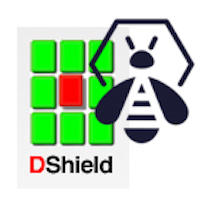I published the following diary on isc.sans.edu: “Divided Payload in Multiple Pasties”: In politic, there is a strategy which says “divide and conquerâ€. It’s also true for some pieces of malware that spread their malicious code amongst multiple sources. One of our readers shared a sample of Powershell code found




